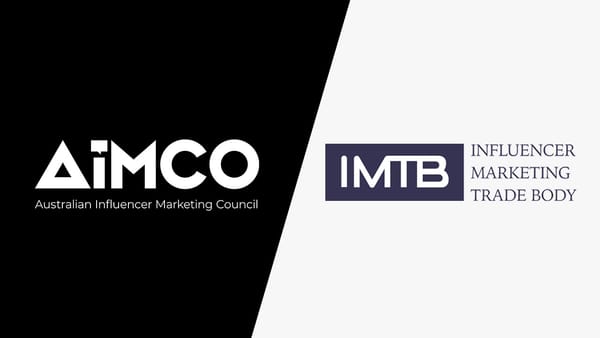From Influencer to Ambassador: The Impact of Long-Term Relationships

For brands working with influencers, there’s been a noticeable shift away from engaging in one-off projects to establishing more long-term relationships – turning those influencers who already love a company’s product or service into brand ambassadors. Take Kellogg’s for example. Rather than focusing their efforts on one-off influencer campaigns, they now run an ambassador program in the hopes of finding people who actually love the brand to promote them in a more genuine, believable way. This shift doesn’t come as a surprise, but there are still brands that are only investing countless dollars into short-lived influencer campaigns rather than investing the time and effort it takes to see long-term success.Finding the right brand ambassador
There are many aspects to consider when starting your influencer search. Start by creating a clear action plan to determine who you are trying to reach, your goals for this particular campaign, how you want the influencer to talk about your products, and how you are going to measure success.When vetting your candidates, make sure their audience overlaps with your target audience and inspect which products they are converting into sales to see if your brand could fit in. Many brands make the mistake of only looking at an influencer’s total following, which can lead to influencer fraud. Watch out for signs that might signal fraud, such as a dramatic increase in followers, very little engagement and interactions, stock photos, or generic, meaningless comments on their posts.It’s important to utilise a centralised system for influencer relationship management and influencer marketing measurement. For instance, tools with influencer discovery, evaluation, relationship management, campaign reporting, and program measurement will make it easier for brands to find and track the right influencers and manage a longer-term relationship.







